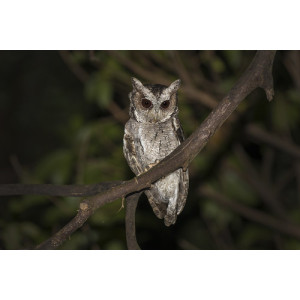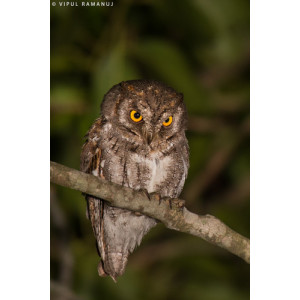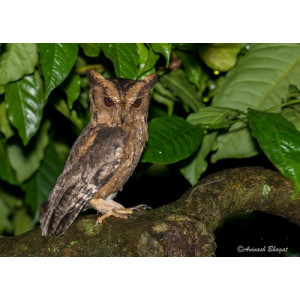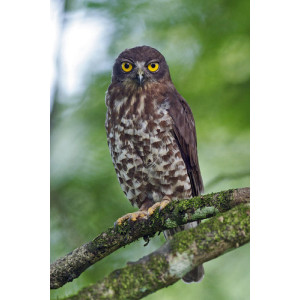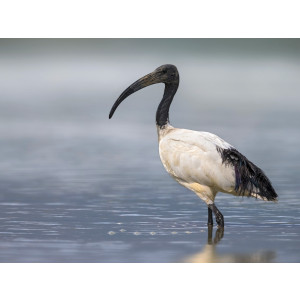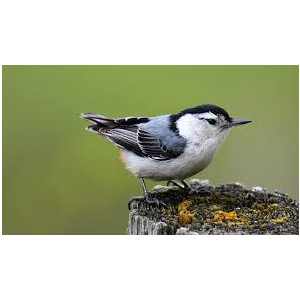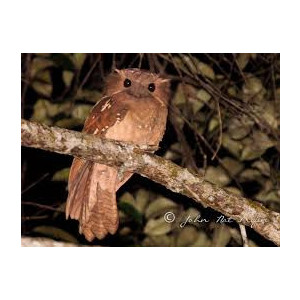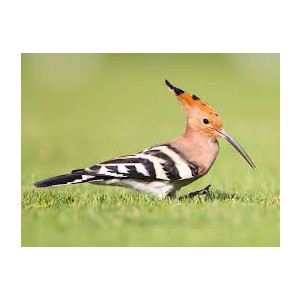Spot‑bellied Eagle-Owl Did you see this animal?
Scientific Name : Bubo nipalensis
Family : Strigidae
Order : Strigiformes
Class : Aves
Phylum : Chordata
Other Name : Forest Eagle Owl
Habitat : All kind of forests
Description : The Spot-bellied Eagle-Owl is a large, dark brown night bird with two outwardly angled, barred horn-like ear-tufts (adult bird length approximately 63 cm, wing 45 cm, bill 5.3 cm, tarsus 6 cm, tail 24 cm). It looks dark brown with buff-bars from above and whitish from below with darker chevron-shaped spots. It feeds on peafowls, junglefowls, pheasants, fawns, jackals, hares, lizards, snakes and fish. As a powerful and bold predator, it occupies the top of the avian food chain in its forested habitat. While detailed dietary studies are lacking, it is presumed that the owl feeds on a variety of prey, including small mammals like rodents.The spot-bellied eagle-owl is a versatile species that can inhabit various land-based habitats but prefers dense, evergreen forests or moist deciduous forests within its range. It is mainly found in tropical and subtropical foothills, ranging from sea-level to elevations of 6,300 meters (20,700 feet). This nocturnal owl spends its days hidden in dense foliage but has been observed moving and hunting during the day, particularly in undisturbed forests. It exhibits a bright whitish coloration with brownish cross-bars, believed to play a role in expressing behavioral intent. Nesting season occurs from December to March, with nesting sites primarily in tree hollows or abandoned stick nests previously built by eagles, vultures, or kites. Only one egg is recorded per clutch, and both parents may participate in incubation, although the male's role is likely temporary. Breeding biology and the fledging stage remain poorly known due to the species' aggressive defense of its nest. Caution and distance are advised when approaching active spot-bellied eagle-owl nests due to reported incidents of serious injuries. It breeds in February-March.
Distribution in Bangladesh
References:
description written by:Fatema-Tuz-Zohora,Department of Zoology, Jagannath University,Dhaka;information source: Encyclopedia of Flora and Fauna of Bangladesh, Vol-26, iucnredlist.org;taxonomic checklist:P. M. Thompson and S. U. Chowdhury (2020). A checklist of birds of Bangladesh.Birds Bangladesh;photo credit: Steve Garvie(www.inaturalist.org/people/Steve Garvie),photo shared from iNaturalist, photo copyright reserved according to iNaturalist rules;Tshering Demamore information, please contact us.
description written by:Fatema-Tuz-Zohora,Department of Zoology, Jagannath University,Dhaka;information source: Encyclopedia of Flora and Fauna of Bangladesh, Vol-26, iucnredlist.org;taxonomic checklist:P. M. Thompson and S. U. Chowdhury (2020). A checklist of birds of Bangladesh.Birds Bangladesh;photo credit: Steve Garvie(www.inaturalist.org/people/Steve Garvie),photo shared from iNaturalist, photo copyright reserved according to iNaturalist rules;Tshering Demamore information, please contact us.


